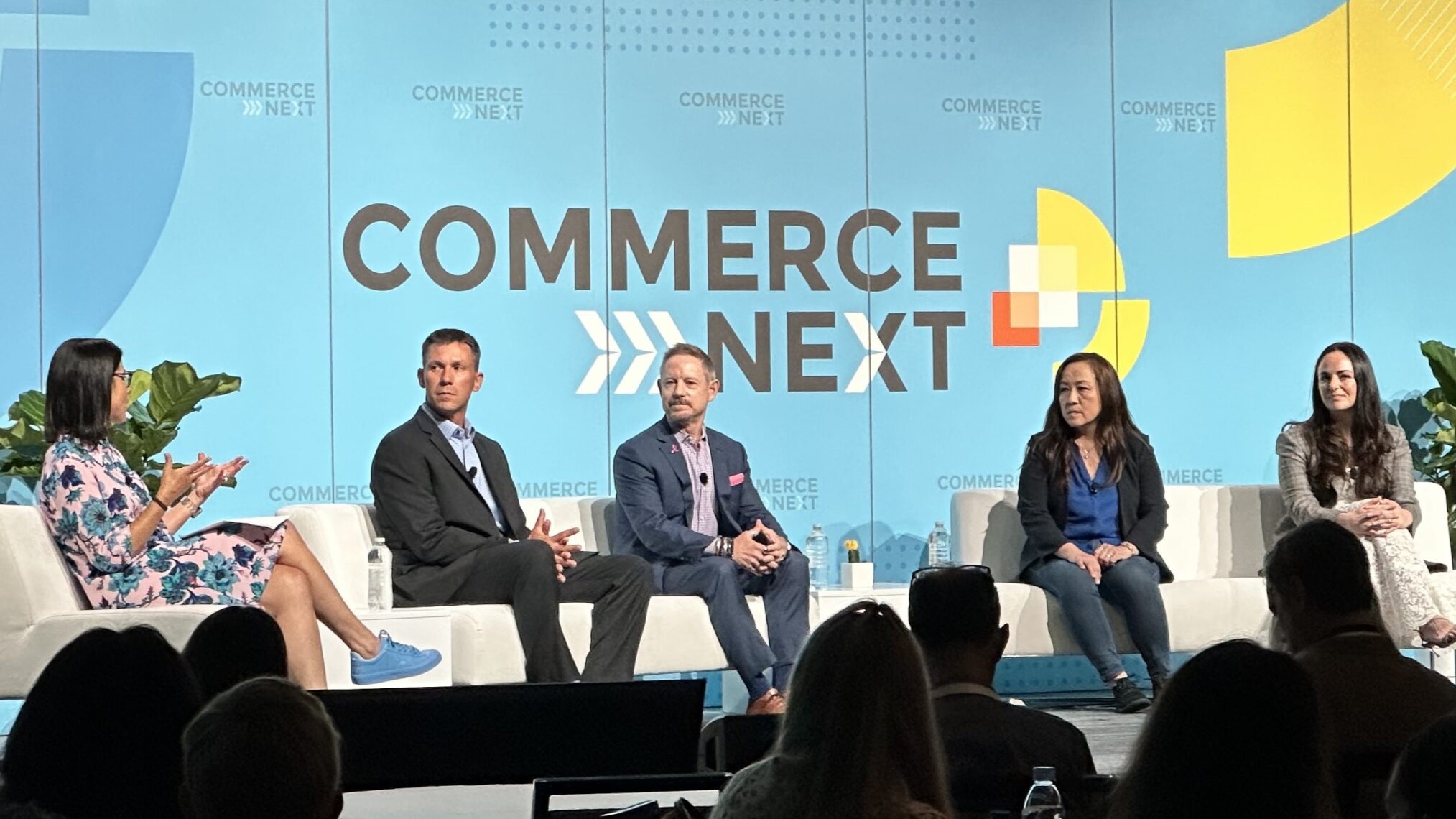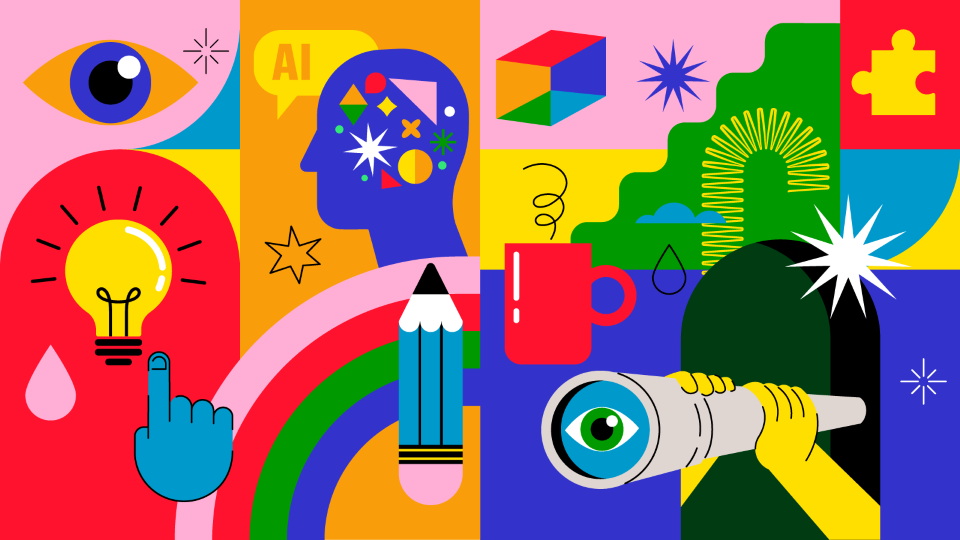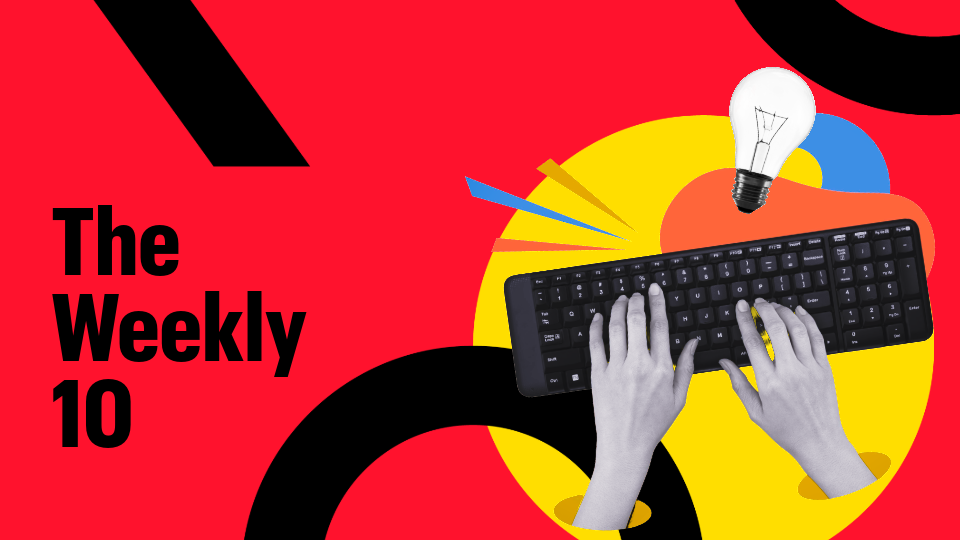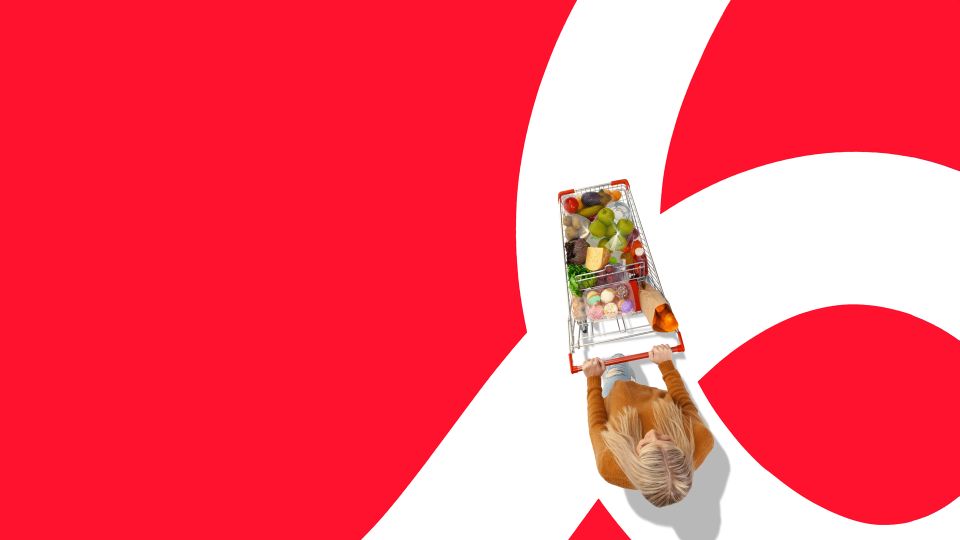Ecommerce and retail marketers gathered in New York City June 20-21 for the annual CommerceNext Ecommerce Growth Show. Five key insights from the event:
1. Marketers are still leveraging their pandemic-era learnings
It feels insensitive to say good came from COVID, but for many brands, the initial challenges from the pandemic provided an opportunity to expedite digital transformation and other parts of their businesses. (Raise your hand if you have things on the list that keep moving down instead of getting crossed off.)
In one CommerceNext session, Sharon Price John, CEO of Build-a-Bear Workshop, spoke about how the temporary closure of brick-and-mortar stores freed up resources to transform the business, ultimately resulting in their best year ever in 2021 and again in 2022. And Faherty Co-Founder Alex Faherty spoke about the clothing brand’s 10th anniversary and 600% growth since COVID.
The bottom line: For every brand, the pandemic exposed holes in their businesses that helped inform future strategies and opportunities.
2. The acquisition vs. CRM debate continues
There was a lot of discussion around what brands are prioritizing — CRM or acquisition. While the resounding answer was about trying to protect what’s already in the boat, marketing leaders from brands including Omaha Steaks and Saks spoke about how they’ve been able to increase the value of current customers, which has resulted in freed-up budget for customer acquisition. Many brands are also benefiting from the compounding effect of having/using better data to net more high-LTV (lifetime value) customers at the acquisition phase. Speaking of LTV…
3. LTV = North Star
At CommerceNext, there was a lot of alignment — and so many fantastic insights shared — around the idea of LTV being a brand’s North Star. Omaha Steaks VP and CMO Julie Evans talked about how through investing in current customers, retention rates have never been better because they are getting better LTV from the start with new customers. DSW CMO Julie Roy’s team has a pyramid that stacks like this: The bottom is customer experience, the middle is CRM/engagement, and the top is the loyalty program (which drives love and higher LTV). Saks CMO Emily Essner spoke about the heavy investment and work done to understand key drivers of LTV, and using that data to build predictive models to drive different customer journeys, while also building predictive churn models.
And Doug Jensen, SVP of Go-to-Market (GTM) Analytics & Activation at Estée Lauder, mentioned how critical creative is in their models; in fact, creative is the single biggest driver of the formula to impact performance. He specifically called out how still imagery is starting to decline, while the brand’s increased use of video is helping to revitalize creative impact. Across the past five years, Estée Lauder use of video has gone from about 2% of spend to 40%.
4. Incrementality and ROAS dominated many conversations
Omaha Steaks’ Julie Evans encouraged marketers to hone in on the incrementality of social/digital channels. Julia Metaxas, VP of Growth at Lulu and Georgia, and Carolyn Pollock, CMO of Tailored Brands (Men’s Wearhouse, Moores, Jos. A. Bank, K&G Fashion Superstore), spoke about how direct mail is delivering high incrementality and ROAS (return on ad spend), and how the channel provides an easier opportunity to really isolate results without bias.
Again and again at CommerceNext, brands made clear that they’re hitting their KPIs by adhering to a testing ethos.
5. How brands are using AI
Every CommerceNext session mentioned AI in some context. One speaker even mentioned how they had promised peer panelists in the green room not to mention AI (fail).
Faherty is using it for copywriting and customer service. Amanda Bopp, VP, North America Marketing & eCommerce at Kate Spade, talked about how they’re using generative AI on email subject lines to balance words with emotion — and how the more testing they do, the smarter they’re getting about connecting with customers. And many other brands are using AI in building predictive models (see LTV, above) and to optimize the customer lifecycle.
In one session, Ashley Schapiro, VP of Marketing, Media, Performance & Engagement at American Eagle Outfitters, spoke about their partnership with e.l.f. Beauty — a denim-inspired campaign called “From Selfie to Belfie” that knocked it out of the park for Gen Z — and then brought a “Z-suite” panel of students from various universities up on stage to join the discussion. In response to a question from the audience about price vs. quality, a Gen Z panelist answered, “If I really want to know if the quality is worth the price, I can ask ChatGPT and be assured that I’m getting an honest answer.” (Yeah, that actually happened. But then I calmed down when the next “Z-suite” panelist spoke about how they trust their friends more than anything.)
And finally, Fayez Mohamood, Co-Founder & CEO of Bluecore, said they use “Will it help me make money or save money?” as a guiding question when figuring out when to deploy generative AI.



